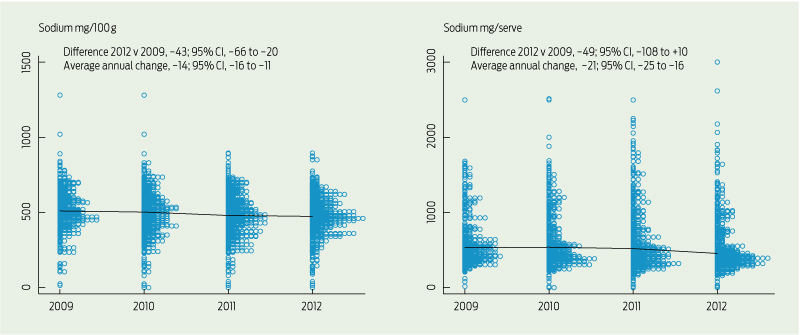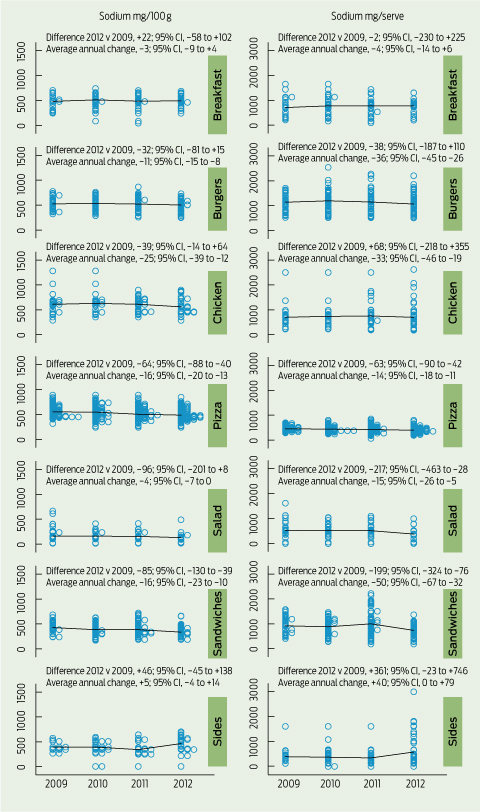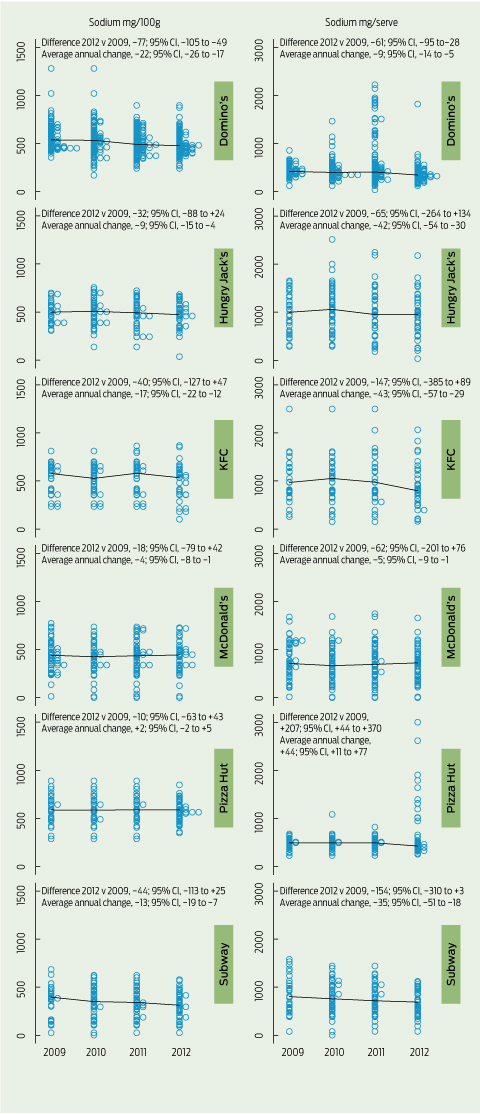AMA President Dr Steve Hambleton has launched a broadside at the food industry following revelations it has been actively campaigning to scuttle the breakthrough Food Health Star Rating system.
Dr Hambleton said he was “very concerned” by revelations peak food industry body the Australian Food and Grocery Council (AFGC) had been lobbying against the system just hours before Assistant Health Minister Fiona Nash ordered its new website to be taken down.
“The system’s website was to be a major part of the public education campaign to make people aware of the new system, and how it works,” the AMA President said.
The Brisbane GP said it was extremely disappointing that the food industry, which had been closely involved in the two-year development of the scheme, was now undermining it.
“Even though they worked closely with the public sector on the development of the new system, the AFGC has lobbied against the consumer-friendly labels since they were agreed by the Federal and State governments last year,” he said.
Political furore erupted after Assistant Health Minister Fiona Nash ordered the Federal Health Department to take down the www.healthstarrating.com.au website just hours after it was launched.
It has since been revealed that the decision was taken soon after a major food industry group contacted the Minister’s office to express concern about the website.
Food and Grocery Council Chief Executive Officer Gary Dawson told the ABC he called Senator Nash’s office the day the website went live to raise his objections.
“On the day, yes, we expressed a view that we thought it was premature,” Mr Dawson said, though he denied asking for it to be taken down.
Senator Nash told the Senate she had ordered the Department to take down the website because “the health star rating is not yet in place. It would have been extremely confusing for consumers had that website been allowed to remain in place”.
The decision cost the Minster’s Chief of Staff, Alastair Furnival, his job after it was admitted that at the time he retained shares in a lobbying firm, Australian Public Affairs (APA), that had had major food companies among its clients.
Dr Hambleton said it was extremely concerning that the food industry appeared to be trying to scuttle the Food Star Rating system, which had been developed to enable consumers to make healthy food choices.
Under the system, which has been agreed upon by the Council of Australian Governments, all packaged food would be given a rating from half a star to five stars to indicate its nutritional value, as well as a panel detailing how much saturated fat, sugar, sodium and one other ingredient (to be determined by the manufacturer) it contains.
An analysis of several foods conducted by consumer organisation Choice found that several products manufactured by food giant Mondelez, which had been a clients of APA, scored poorly in the rating system by comparison with competitors.
Last week, 66 public health experts sought to outflank the Federal Government, writing to State and Territory food ministers urging them to “take whatever action is within their power” to get the food rating system implemented as soon as possible.
One of the signatories to the letter, leading cancer expert Emeritus Professor Bruce Armstrong of the University of Sydney, told the Sydney Morning Herald he supported the move because giving consumers better information about food was crucial.
“Obesity is shaping up as being one of the major drivers of cancer rates into the future,” Professor Armstrong said. “As a consumer myself, I see how extracting from the label the information you want to find out … is really quite difficult.”
At its meeting in December, the peak body for Australian and New Zealand food ministers, the Legislative and Governance Forum on Food Regulation, endorsed the food star rating system.
But at the meeting, Senator Nash announced the Federal Health Department would conduct a cost-benefit analysis of the scheme, even though it is due to be introduced from the middle of the year.
Dr Hambleton called on the food industry to drop its delaying tactics and instead honour its original undertakings to back the scheme, in the interests of better informing their customers.
“It is time that the food industry and its peak Council did the right thing and put their full support behind a bold initiative that will help people make healthier food choices and take some pressure off the health Budget,” he said.
Adrian Rollins

 more_vert
more_vert


